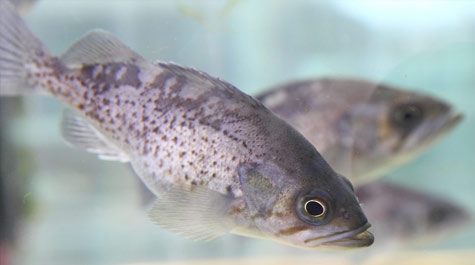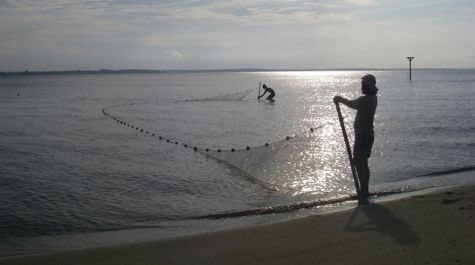Striped bass reproduction is up in the Chesapeake Bay
Young-of-the-year rockfish have rebounded in Maryland and Virginia waters.
Striped bass spawning success has improved in the Chesapeake Bay.

Image courtesy randychiu/Flickr
According to data from the Maryland Department of Natural Resources (DNR) and the Virginia Institute of Marine Science (VIMS), the number of juvenile striped bass in the watershed has rebounded from last year, when it was close to the lowest ever observed.
Known as the “juvenile striped bass index,” the number of young-of-the-year striped bass in the Bay is used to track the species’ reproductive success. To count the number of striped bass that hatched this spring, biologists take a series of seine net samples in noted spawning areas, from the Upper Bay to the James River.

Image courtesy VIMS
This year, the average number of juvenile striped bass caught in each Maryland sample was 5.8, which falls below the 11.7 average but above last year’s index of less than one. In Virginia waters, researchers caught more than 10 striped bass per seine sample, which is close to the historic average of 9. A VIMS media release called the results consistent with historically observed patterns in striped bass populations.
Striped bass, or rockfish, hold great value in the watershed: the fish is a top predator in the food web and a critical catch to commercial and recreational fisheries. Late-1980's fishing bans helped striped bass recover from harvest and pollution pressures, and it is now considered a recovered species.
Learn more about the juvenile striped bass survey in Maryland and Virginia.

Comments
Striped bass are benificial
Thank you!
Your comment has been received. Before it can be published, the comment will be reviewed by our team to ensure it adheres with our rules of engagement.
Back to recent stories